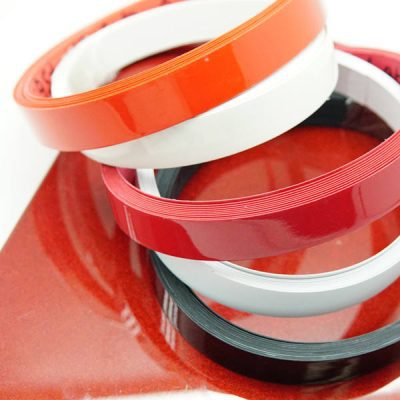ABS (Acrylonitrile Butadiene Styrene) itself is a thermoplastic polymer that is inherently flammable. However, the fire rating of ABS edging can vary based on specific formulations and additives used in the manufacturing process. Fire ratings are typically associated with the overall performance of a finished product rather than the base material alone.
In the context of edge banding or other materials used in construction and furniture applications, fire ratings are often determined by industry standards and testing procedures. Here are a few points to consider:
- Fire-Retardant Formulations:
- Some manufacturers offer ABS edge banding with fire-retardant formulations. These formulations may include additives that slow down the combustion process, reduce smoke production, or limit the spread of flames. If fire resistance is a critical requirement, inquire about products specifically designed for such applications.
- Industry Standards and Testing:
- Fire ratings are often determined through standardized testing procedures, and products may be classified based on their performance in these tests. Common standards include those established by organizations like Underwriters Laboratories (UL) or other regional certification bodies.
- Building Codes and Regulations:
- Compliance with local building codes and regulations is crucial. These codes may specify fire safety requirements for certain applications. Always check with local authorities or refer to relevant building codes to ensure compliance.
- Product Documentation:
- When selecting ABS edging for a project where fire resistance is a concern, review the product documentation provided by the manufacturer. Look for information on fire ratings, testing standards, and any certifications the product may have.
- Consultation with Suppliers:
- Consult with suppliers or manufacturers directly to obtain detailed information about the fire resistance properties of their ABS edge banding products. They should be able to provide documentation and guidance on the suitability of their products for specific applications.
It’s important to note that fire safety considerations should be taken seriously, especially in applications where fire resistance is a critical requirement, such as in commercial buildings, public spaces, or areas with specific regulatory mandates. Always consult with professionals, adhere to local building codes, and use products that meet the necessary safety standards for your specific application.
